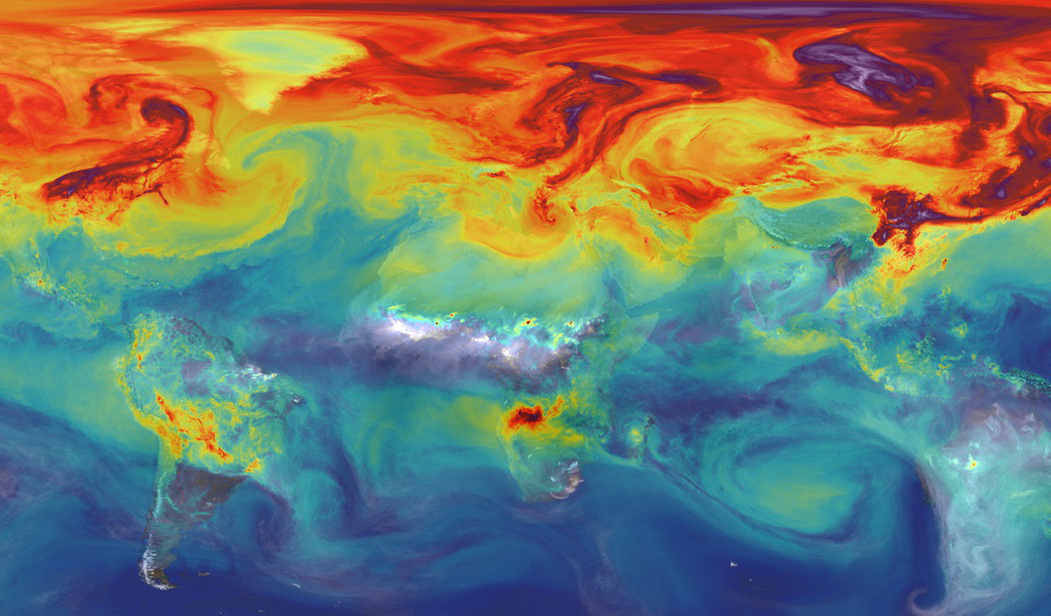This French word is a great place to start with any wine. Quite simply it means the combined effect of the climate, soil and terrain on a wine. The variation in terroir across the world can make the same grape produce distinctly different wines. Once you know what the terroir is of a region you can begin to have a good idea of the style of wine to expect. Of course there are still an abundant amount of further contributory factors that define the wine during the winemaking process but as we said at the beginning this is a good place to start. After all, winemakers, at their core, are farmers, and any good farmer will tell you it all starts with the earth beneath your feet and the atmosphere above your head. We’ll explain the three elements of terroir in three separate posts…
Part 1: Climate
Secondary school geography will come in handy here if any of you can remember it. What’s the difference between weather and climate I hear you say? Well, weather is the state of the atmosphere over a small area on a daily basis and climate is the state of the atmosphere over a large area over a long period of time. It is the latter that has a marked effect on the taste of a wine with most wines being categorised into cool climate (for higher acidity, lower alcohol wines – for BOTTL this equals FRESH) and warm climate (higher alcohol, smoother wines – for BOTTL this equals JUICY and RICH wines). So if you like a lighter fresher wine you want to be looking to cooler wine making regions like the Loire valley, Germany and England. For the more full bodied, richer wines you want to head to southern France, Spain and Italy. However as you explore more wine you’ll see that there are areas that buck the trend! Why? Well, many countries have microclimates where the localised geography means the atmosphere is very different to the country as a whole. Also winemaking regions can occupy different altitudes and vary in their proximity to the coast, both of which can create cooler or hotter climates for the vines and grapes to grow in. This is why some alpine regions in southern France and northern Italy can produce fresh light wines as they sit at higher altitude and thus have a cooler climate even though they are on a similar latitude to places like Bordeaux and the Rhone Valley that produce heavier, richer wines as they are positioned closer to sea level and thus have higher temperatures.

As I said, this is just a starting point and as ever with BOTTL you can take as much or as little knowledge as you wish. Part 2 and 3 of our investigation into terroir will give more clarity to why this unique French word really does epitomise how our ever changing landscape delivers us such a wonderfully diverse and complex range of delicious wine! Who knew our school geography lessons could teach us so much about our drinking tastes? We would’ve listened more closely if they’d made that clear.
Here’s to knowing your terroir and being able to drink differently as a result!
Phil.



